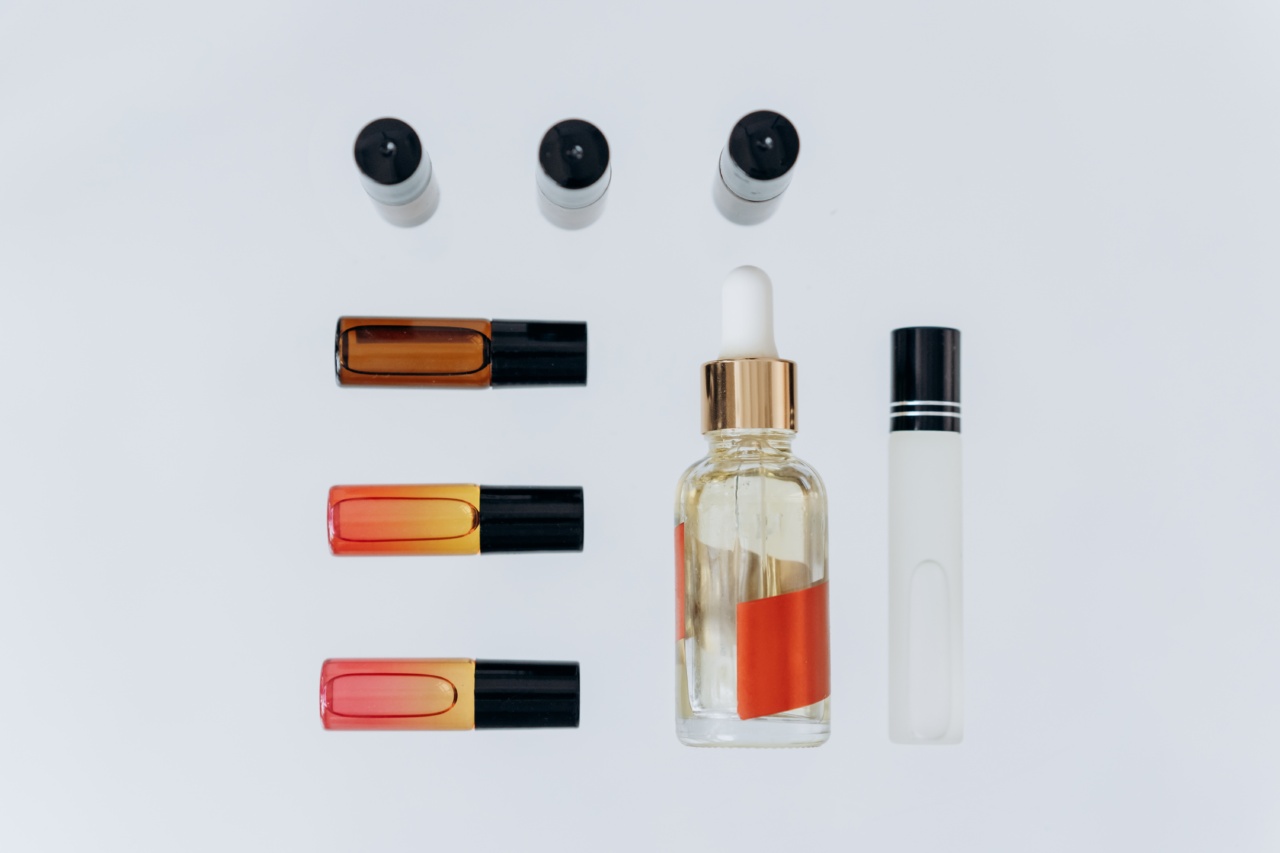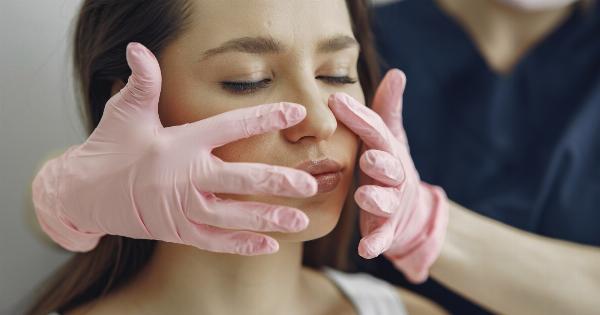In the quest for beautiful and healthy skin, we often turn to skincare products that promise incredible results. However, not all combinations of skincare ingredients are beneficial for our skin.
Some combinations can actually be harmful and cause various skin issues. It’s important to read product labels carefully and stay informed about the potential risks.
1. Benzoyl Peroxide and Retinol
Benzoyl peroxide is a common ingredient in acne treatments, while retinol is known for its anti-aging properties. However, combining these two ingredients can cause excessive dryness, irritation, and redness on the skin.
It’s best to use them separately or consult a dermatologist for personalized advice.
2. Alpha Hydroxy Acids (AHAs) and Beta Hydroxy Acids (BHAs)
AHAs and BHAs are popular exfoliating ingredients and can be effective for improving skin texture and treating acne.
However, combining them in high concentrations can lead to over-exfoliation, increased sensitivity, and potential damage to the skin’s barrier function. Use them carefully and follow product instructions for optimal results.
3. Vitamin C and Niacinamide
Both vitamin C and niacinamide offer numerous benefits for the skin, such as brightening and minimizing the appearance of fine lines. However, combining them in high concentrations can cause irritation and flushing.
If using products with both ingredients, use them in separate steps or consult a skincare professional.
4. Hydroquinone and Salicylic Acid
Hydroquinone is a skin-lightening ingredient commonly used to treat hyperpigmentation, while salicylic acid helps exfoliate and clear pores. However, when used together, they can cause excessive dryness, redness, and irritation.
It’s best to alternate their usage or consult a dermatologist for guidance.
5. Retinoids and Alpha Hydroxy Acids (AHAs)
Retinoids and AHAs are both potent ingredients that can help improve skin texture and reduce the appearance of fine lines. However, combining them can lead to increased sensitivity, dryness, and potential irritation.
It’s advisable to use them on separate days to avoid over-exfoliation and ensure optimal skin tolerance.
6. Benzoyl Peroxide and Salicylic Acid
While benzoyl peroxide and salicylic acid are commonly used to treat acne, using them together can lead to excessive dryness, peeling, and irritation.
It’s best to choose a product that contains only one of these active ingredients or consult a skincare professional for personalized advice.
7. Retinol and Acids (Glycolic, Lactic, or Salicylic)
Retinol is a powerful anti-aging ingredient, and combining it with acids like glycolic, lactic, or salicylic acid can lead to increased sensitivity and potential irritation.
It’s important to introduce them slowly into your skincare routine and monitor how your skin reacts. Consider using them on alternate days or as advised by a dermatologist.
8. Vitamin C and Retinol
Vitamin C and retinol are both popular ingredients known for their anti-aging properties. However, when used together, they can result in skin irritation, redness, and decreased effectiveness of the products.
Apply them separately, using vitamin C in the morning and retinol at night, to avoid potential issues.
9. Essential Oils and Sodium Lauryl Sulfate (SLS)
Essential oils are often used in skincare products for their aromatic and potentially beneficial properties. However, when combined with SLS, a harsh surfactant, they can cause skin irritation, dryness, and disrupt the skin’s natural barrier.
Look for products without SLS or choose gentle cleansers specifically formulated for sensitive skin.
10. AHAs and Skin Peels
AHAs, such as glycolic acid, and skin peels are both effective exfoliating treatments. However, combining them can increase the risk of adverse reactions, such as excessive peeling, redness, and irritation.
If using skin peels, avoid using AHAs for a few days before and after the treatment to prevent potential complications.
…As an educated consumer, being aware of potentially harmful skin care ingredient combinations is essential for maintaining the health and appearance of your skin. Always read product labels, do your research, and consult experts when in doubt.
Prioritize ingredients that are known to be safe and effective, and prioritize the long-term health of your skin over quick-fix solutions.






























